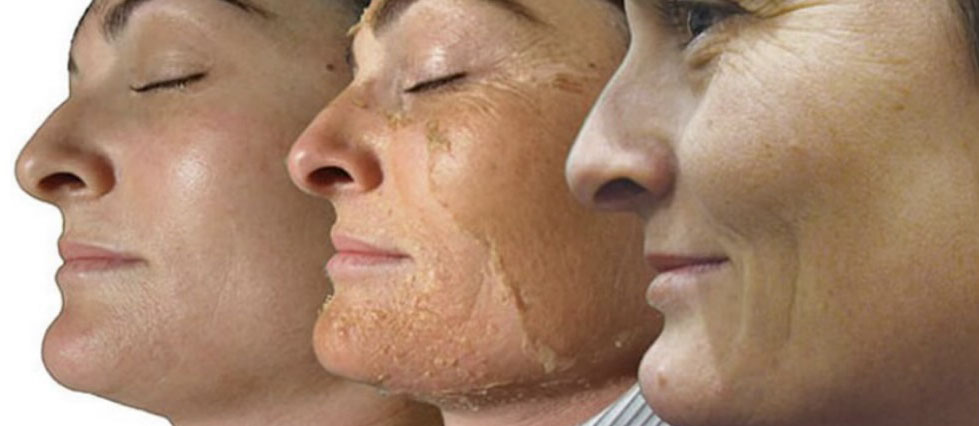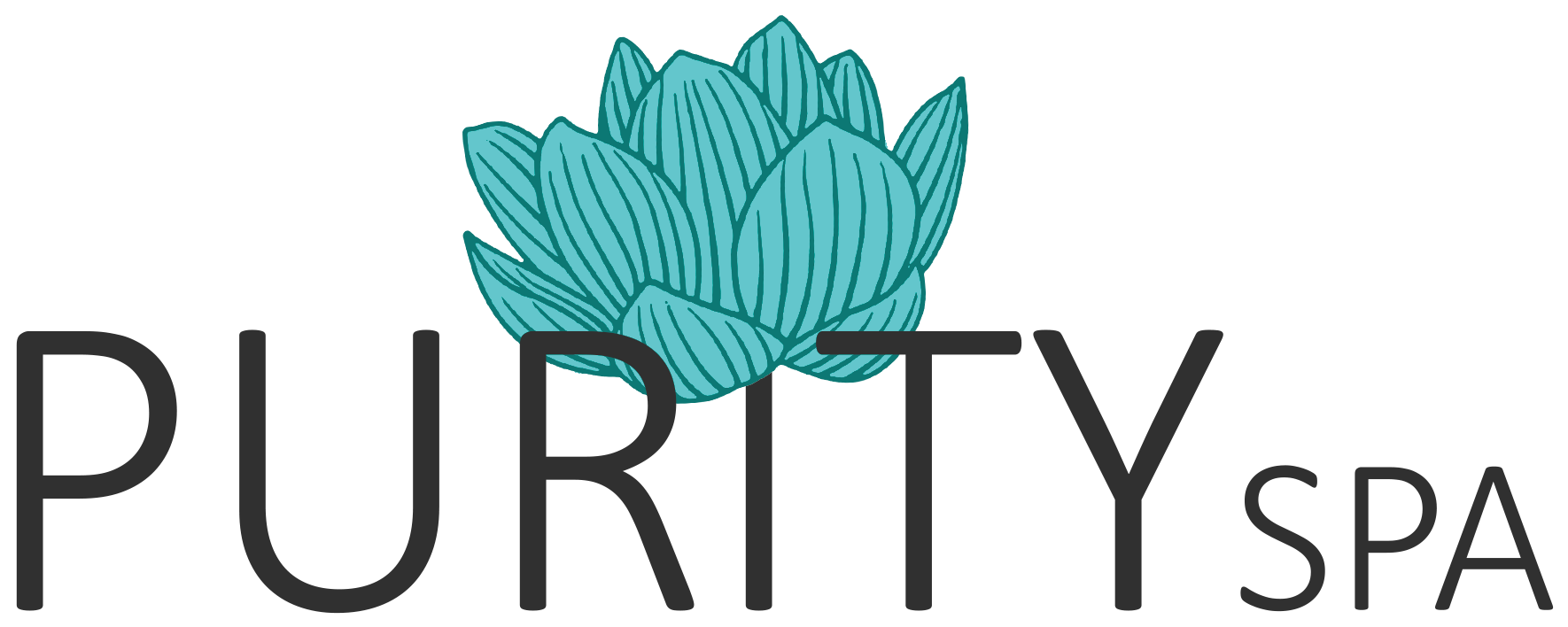TCA Medical Acid Peeling
peeling with trichloroacetic acid
TCA acid is a derivative of acetic acid and the strongest organic acid. It is characterized by a small molecule, it is a stronger acid than glycolic acid, and it easily and quickly penetrates the epidermis and dermis. Does not cause systemic toxicity and allergy. Once applied, the acid is not transported into the capillaries or into the circulating blood. It is distinguished by a large diversification of the depth of action, depending on e.g. on the concentration of the solution used. The preparation we use is strengthened by salicylic acid, which acts as a substance that penetrates the epidermis, facilitating the penetration of TCA.
What does the procedure look like?
Depending on the type of skin and treated imperfections, preparations of various concentrations are applied, which allows to increase the intensity of the effect on the skin. At the final stage of the treatment, white skin appears on the skin, after which the action of TCA acid is neutralized and a soothing preparation is applied, with anti-inflammatory and moisturizing properties. During the treatment, you may feel burning, burning, erythema and a feeling of tightening of the skin.
TCA peeling is used in treatments of surface and deep exfoliation. Surface peeling is used to improve skin tension, it is used as a medical therapy for common acne. In turn, deep exfoliation gives the effect of rejuvenation , by eliminating atrophic scars or removing delicate pigmentation changes. If you have discoloration, freckles, acne or acne scars, TCA peeling will make your skin smooth and brightened, and the scars and fine wrinkles will disappear.

A treatment for women and men
The treatment can be repeated every 4 weeks
The duration of the procedure depends on the size of the treated areas
$150 and up
TCA procedure indications:
- dull, tired skin
- sun damage skin
- actinic keratosis,
- post-inflammatory discoloration, chloasma, lentil stains
- sun and expression lines
- acne scars, stretch marks
- callous skin, freckles
Contraindications to the procedure
- chronic viral infections (eg herpes)
- bacterial infections
- atopic and seborrheic dermatitis
- autoimmune diseases
- inflamed dermatosis
In addition, the presence of moles in the treated area, as well as the use of retinoids, phototherapy and pregnancy.
It can be used for problems such as:
- discoloration, warts
- age spots, sun spots
- surface wrinkles
- acne scars, stretch marks
- callous skin
- maculopapular acne
- sagging skin, wrinkles
After the treatment
The TCA peeling works for 2-3 days, then the skin exfoliates naturally. Immediately after the treatment, the skin is flushed, white spots may be visible in some places. However, after a few minutes, the skin becomes smooth and no whitening is visible.
Proper exfoliation takes place after 2-3 days and takes another 3-4 days (in the case of strong peels, the exfoliation period may be extended to 6-7 days). Patients must be patient and wait for the old epidermis to come off on its own.
It is forbidden to scratch flaps of peeling skin, as this may lead to discoloration. Do not use abrasive cosmetics or professional peelings during this time. Standard makeup is allowed. For the next three weeks, avoid exposure to sunlight and use cosmetics with high filters.
Effects and frequency of the treatment
Chemical peels are recommended for deep cleansing of the skin by removing dead tissue, smoothing and softening the epidermis. The use of trichloroacetic acid in a strictly defined concentration gives the effect of lightening discoloration and pigment changes, regulating the secretion of sebum, moisturizing and unifying the color.
During anti-acne treatment and acne scars removal, it is recommended to perform a series of treatments individually tailored to the patient's needs. TCA peeling treatments are usually repeated approximately four weeks apart.
